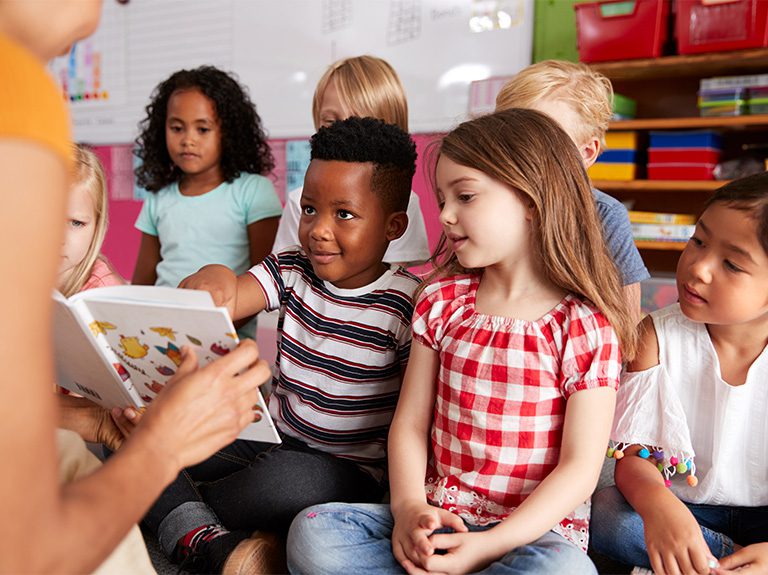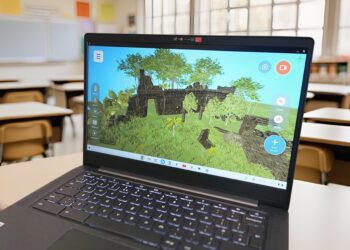Just because it’s summer doesn’t mean students have to stop learning. Everywhere you look there are opportunities for them to expand their math and reading skills. Discovery Education is here to help teachers support students’ learning this summer. Here are six fun math and reading activities that families can enjoy together while students improve their reading and math abilities.
1. Play Card Games
Develop number sense with card games. Counting, estimating, adding, subtracting, multiplying and working with fractions and money are important skills. The more students use numbers, the better they understand number relationships. The simple game of “War” helps them recognize numbers that are greater than or less than others, or each player can take two cards from the pile and add (or subtract or multiply) their two numbers. The bigger number (or smaller number in subtraction) wins that round. Students practice computation skills, while improving their mental math strategies.
2. Use Storytelling
Have fun with make-believe! Writing stories is great for practicing reading, writing and art skills – all things students would normally do in school. Give them blank pieces of paper or a journal. Have students create their own stories or recreate one of their classic favorites. Maybe have them write down everything they do in one day to turn it into a story the next day – complete with illustrations.
3. Draw and Build
Try out two-dimensional fun: Many students love to draw. Why not incorporate shapes and geometric vocabulary? Ask them to make an ice cream cone using two shapes. Talk about the attributes of the shape. How many sides does the triangle have? How many angles? Which lines are parallel?
Take thinking to the next level with three-dimensional building: Using building sets, let learners explore and create. Ask them to build a structure for a certain purpose or that meets certain criteria (it needs to have a way for people to enter and exit, or it must have a place for the horses to sleep). After they build it, they’ll love describing to you how it functions to meet its given purpose.
4. Dream About Vacation Destinations
Research and plan vacation dreams together. Have students imagine what they’d do on the perfect vacation. Help them research their vacation destination, writing down how long they’d stay, what they’d do and how they’d do it. For instance, a visit to a water park or National Park. Visit the site online and learn as much as possible about the rules, times, activities, cost per day and what to wear. Create a list of necessary items and turn it into a writing and reading adventure, complete with a story line.
5. Solve Real-life Problems
Work through problems together. Involve your learner in real-life problem-solving: think out loud and explain your reasoning. When planting a garden, how many seed packets will we need? Calculate how many seeds we’ll need per row at six inches apart. What tool should we measure with or should we estimate? The more kids hear your reasoning, the more comfortable they will become using math!
6. Get to Know Your Library

Cultivate lifelong learning. Most libraries have summer programs to keep students learning while they’re not in school. Visit your library to learn about summer programs for kids. Libraries read aloud for younger children and have book clubs and discussion groups for older children and teens. Each summer reading program is a little different, so check with your local library and see what it has to offer.
You can help students have math and reading fun all summer long with engaging games, activities, and projects!






